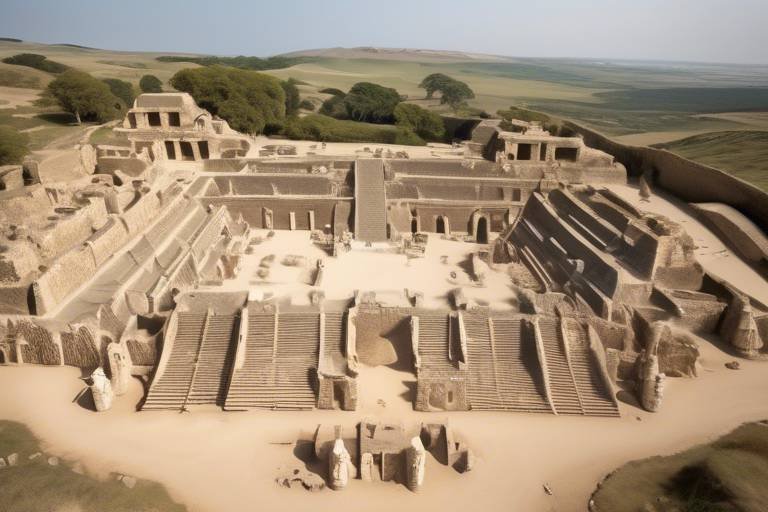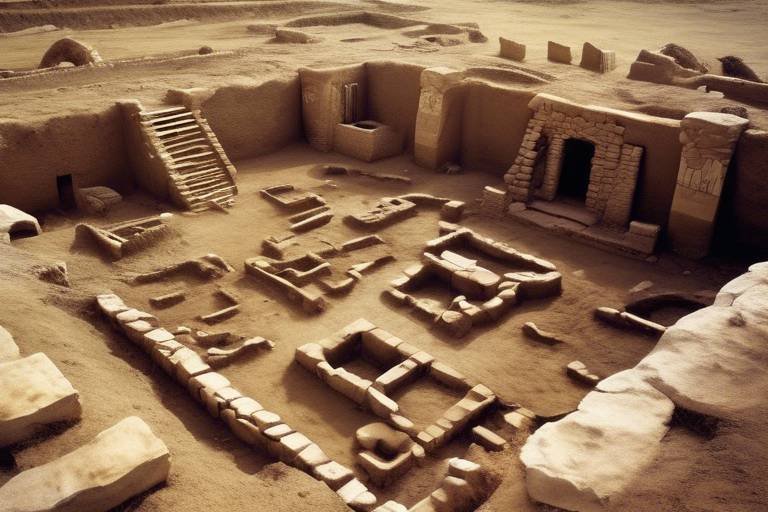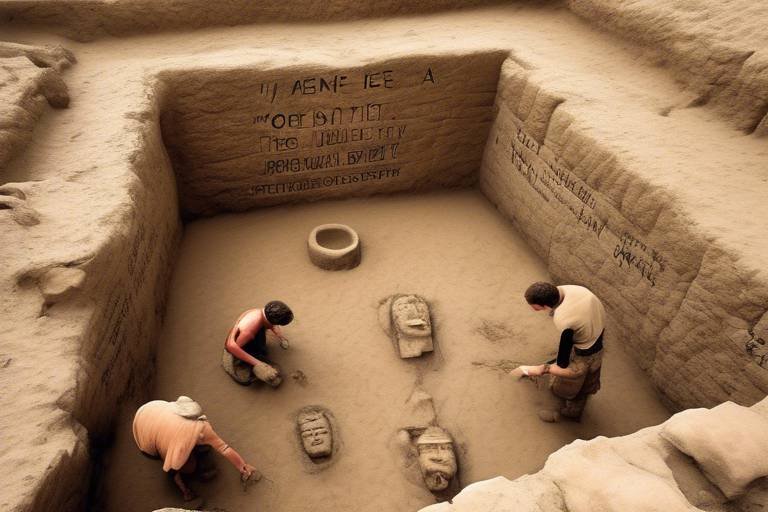How Archaeology Is Reshaping Our Understanding of Viking History
Archaeology has long been a key tool in unraveling the mysteries of the past, but in recent years, its impact on our understanding of Viking history has been nothing short of revolutionary. The latest discoveries and research findings are challenging the traditional narratives surrounding the Vikings, providing us with fresh insights into their civilization and the profound influence they had on history.
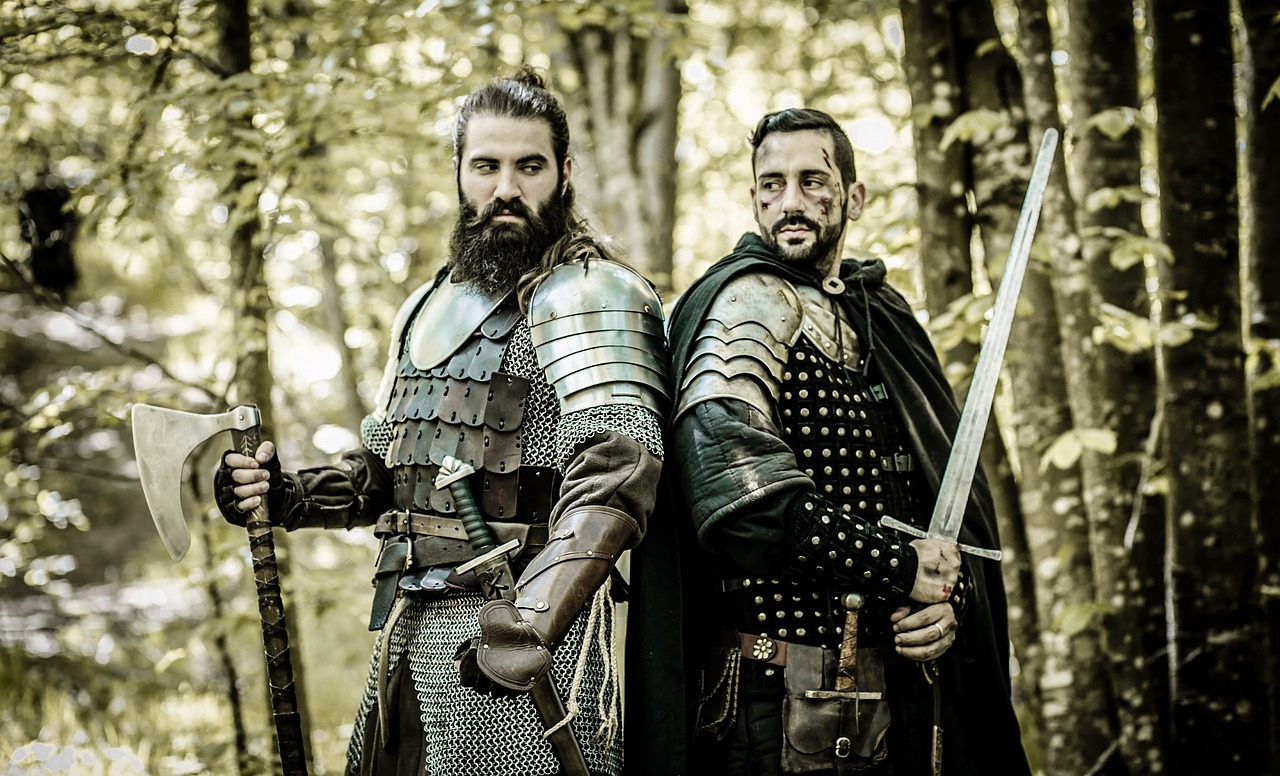
Rediscovered Settlements
Rediscovered Settlements have long been a fascination for archaeologists delving into the depths of Viking history. These buried remnants offer a glimpse into the daily lives and social structures of this enigmatic civilization, challenging our preconceived notions and painting a more vivid picture of their existence. The unearthing of lost Viking settlements has provided invaluable insights into their interactions with neighboring cultures, trade practices, and communal dynamics.
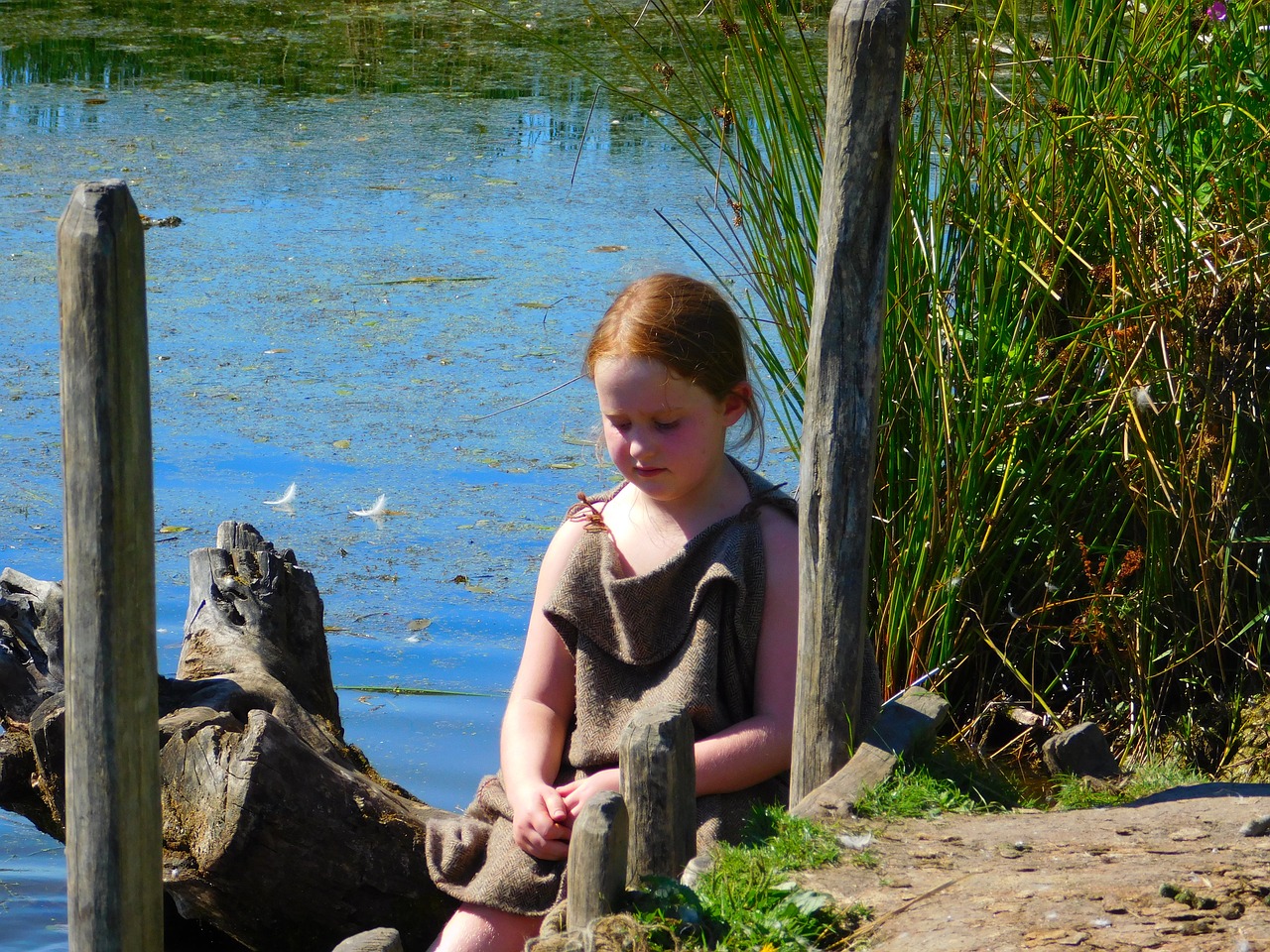
Trade and Commerce Networks
The Viking civilization was not only known for its fierce warriors but also for its extensive trade and commerce networks that spanned across Europe, Asia, and even North America. Recent archaeological findings have shed light on the sophisticated economic system of the Vikings, revealing their role as skilled merchants and global players in the medieval world.
One of the key aspects of Viking trade was the establishment of trade routes that connected distant regions and facilitated the exchange of goods such as amber, furs, weapons, and slaves. These trade networks played a crucial role in the economic prosperity of Viking settlements and enabled the flow of valuable resources between different cultures.
Furthermore, archaeological excavations have uncovered evidence of Viking trading posts in various locations, showcasing their strategic positioning along major rivers and coastlines. These trading centers served as hubs for commercial activities, where merchants from different regions would converge to barter and negotiate deals.
The Vikings were also skilled seafarers, utilizing their advanced shipbuilding techniques to navigate the treacherous waters of the North Atlantic and beyond. Their iconic longships were not only used for raiding and exploration but also for trade missions, allowing them to transport goods over long distances and establish lucrative trade partnerships with foreign merchants.
Moreover, the discovery of Viking hoards containing precious metals, coins, and luxury items in different parts of the world highlights the extent of their economic influence and the wealth accumulated through trade and commerce. These findings provide valuable insights into the economic strategies employed by the Vikings to expand their influence and secure their position as key players in the medieval trade network.

Maritime Expeditions
Maritime expeditions were at the heart of Viking exploration and expansion, propelling them across vast seas to unknown lands. The Vikings were master shipbuilders, crafting longships that were both swift and sturdy, allowing them to navigate treacherous waters with ease. These ships were not merely vessels but symbols of power and ambition, enabling the Vikings to reach distant shores and establish colonies in far-off territories.
Through archaeological excavations of Viking ship burials and harbors, researchers have uncovered valuable insights into the maritime prowess of the Vikings. The discovery of well-preserved ships has provided detailed information about their construction techniques, sail designs, and navigational tools. These findings have highlighted the advanced seafaring skills of the Vikings, who braved the open ocean in search of new opportunities and resources.
Moreover, the exploration of Viking trade routes has revealed the extent of their maritime networks, connecting Scandinavia to regions as far-reaching as the Mediterranean and the Middle East. The Vikings were not only skilled sailors but also astute traders, exchanging goods such as amber, furs, and slaves for luxury items like silk, spices, and precious metals.
Maritime expeditions were not without risks, as the Vikings encountered fierce storms, hostile encounters with rival groups, and the challenges of navigating unknown waters. Despite these dangers, the lure of adventure and the promise of riches drove many Vikings to embark on daring voyages, leaving their mark on distant lands and shaping the course of history.
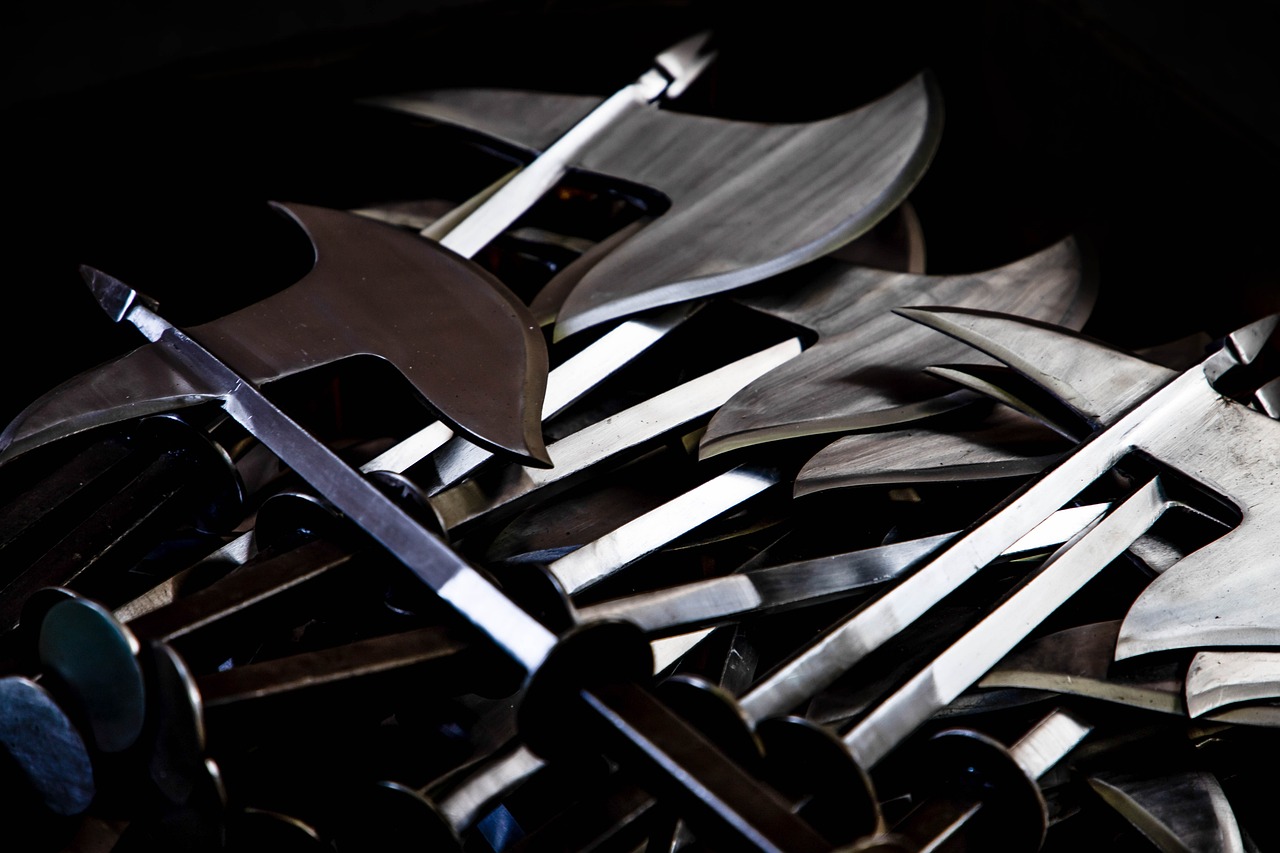
Religious Practices and Beliefs
The exploration of Viking religious practices and beliefs through archaeology offers a fascinating glimpse into the spiritual world of these ancient seafarers. By delving into the artifacts left behind, researchers can piece together the rituals, ceremonies, and deities that were central to Viking life.
One of the most intriguing aspects of Viking religion is the blending of pagan traditions with Christianity. The discovery of burial sites containing both traditional Norse symbols and Christian crosses highlights the complex and evolving nature of Viking spirituality. This syncretism reflects the cultural diversity and adaptability of the Vikings as they encountered new ideas and belief systems through their extensive travels.
Archaeological excavations have also unearthed evidence of religious ceremonies and sacrifices, shedding light on the importance of appeasing gods and securing their favor for successful voyages and conquests. The presence of elaborate grave goods and offerings in burial sites indicates a belief in an afterlife and the need to equip the deceased for their journey to the next realm.
Furthermore, the study of runestones and inscriptions has provided valuable insights into the religious beliefs of the Vikings. These inscriptions often recount heroic deeds, mythological stories, and dedications to gods, offering a window into the spiritual mindset of the Viking people.
Overall, the archaeological investigation of Viking religious practices and beliefs not only enriches our understanding of their cultural heritage but also challenges stereotypes and misconceptions about the complexity and sophistication of their spiritual world.
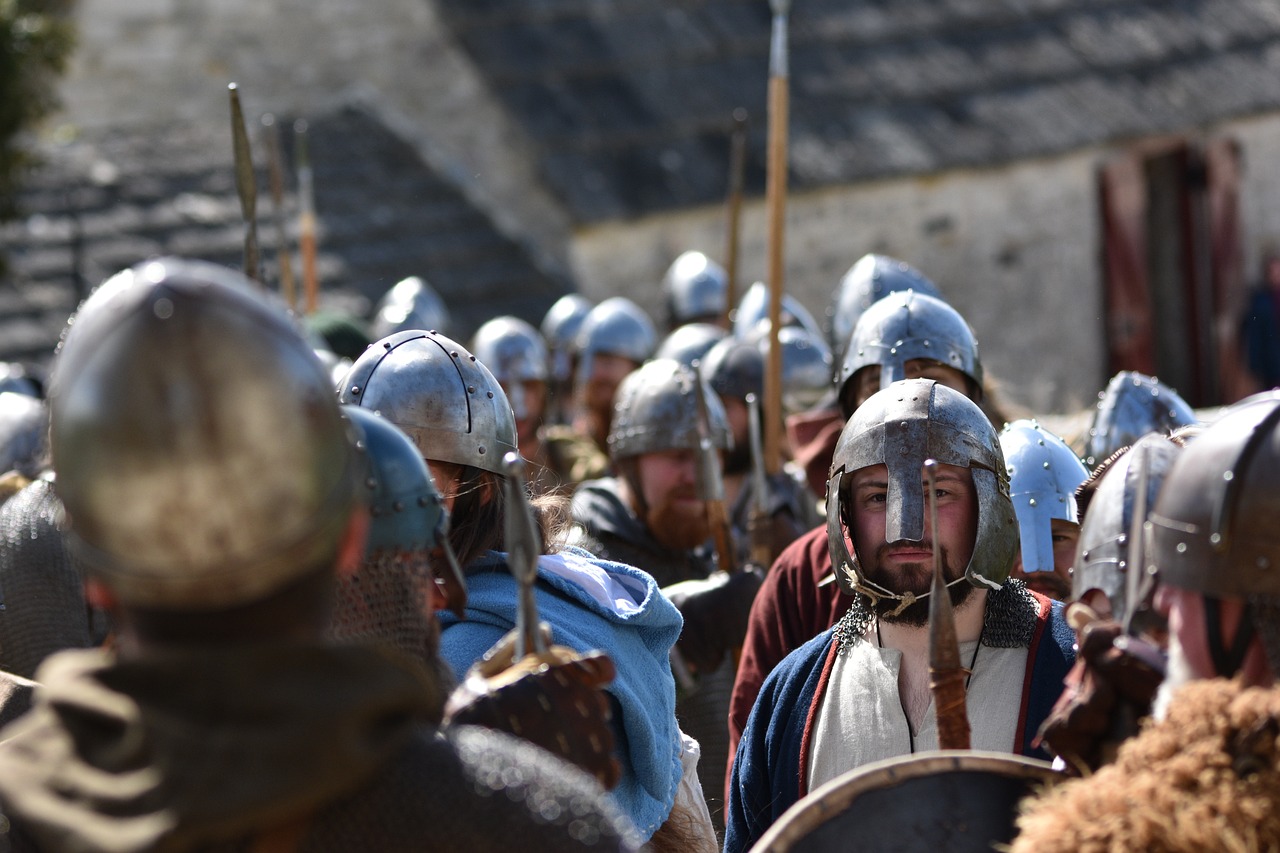
Warfare Strategies and Weapons
Warfare was a central aspect of Viking society, shaping their identity as fierce warriors and skilled tacticians. The Vikings employed a variety of strategies and weapons in their raids, conquests, and defense of their territories. Their military prowess was evident in their use of advanced tactics, fortifications, and weaponry.
One of the key elements of Viking warfare was their reliance on surprise attacks, utilizing their knowledge of the terrain and swift longships to launch sudden assaults on unsuspecting targets. This strategy allowed them to strike swiftly and retreat before a counterattack could be organized, leaving their enemies in a state of shock and confusion.
The Vikings were also adept at siege warfare, using a combination of brute force and cunning tactics to breach enemy defenses. They employed a range of weapons, including swords, axes, spears, and bows, each designed for specific combat situations. Their mastery of these weapons gave them a significant advantage on the battlefield.
Furthermore, the Vikings were skilled in the art of naval warfare, utilizing their superior shipbuilding techniques to dominate the seas. Their longships were fast, maneuverable, and capable of carrying large numbers of warriors, allowing them to launch amphibious assaults and establish colonies in distant lands.
In addition to their physical strength and combat skills, the Vikings also employed psychological warfare tactics to intimidate and demoralize their enemies. The sight of their fearsome warriors, clad in armor and wielding deadly weapons, struck fear into the hearts of those who dared to oppose them.
Overall, the warfare strategies and weapons used by the Vikings were integral to their success in expanding their influence, establishing trade networks, and shaping the course of European history. Through their military prowess and fearless spirit, the Vikings left a lasting impact on the world that continues to be unraveled through archaeological discoveries and research.
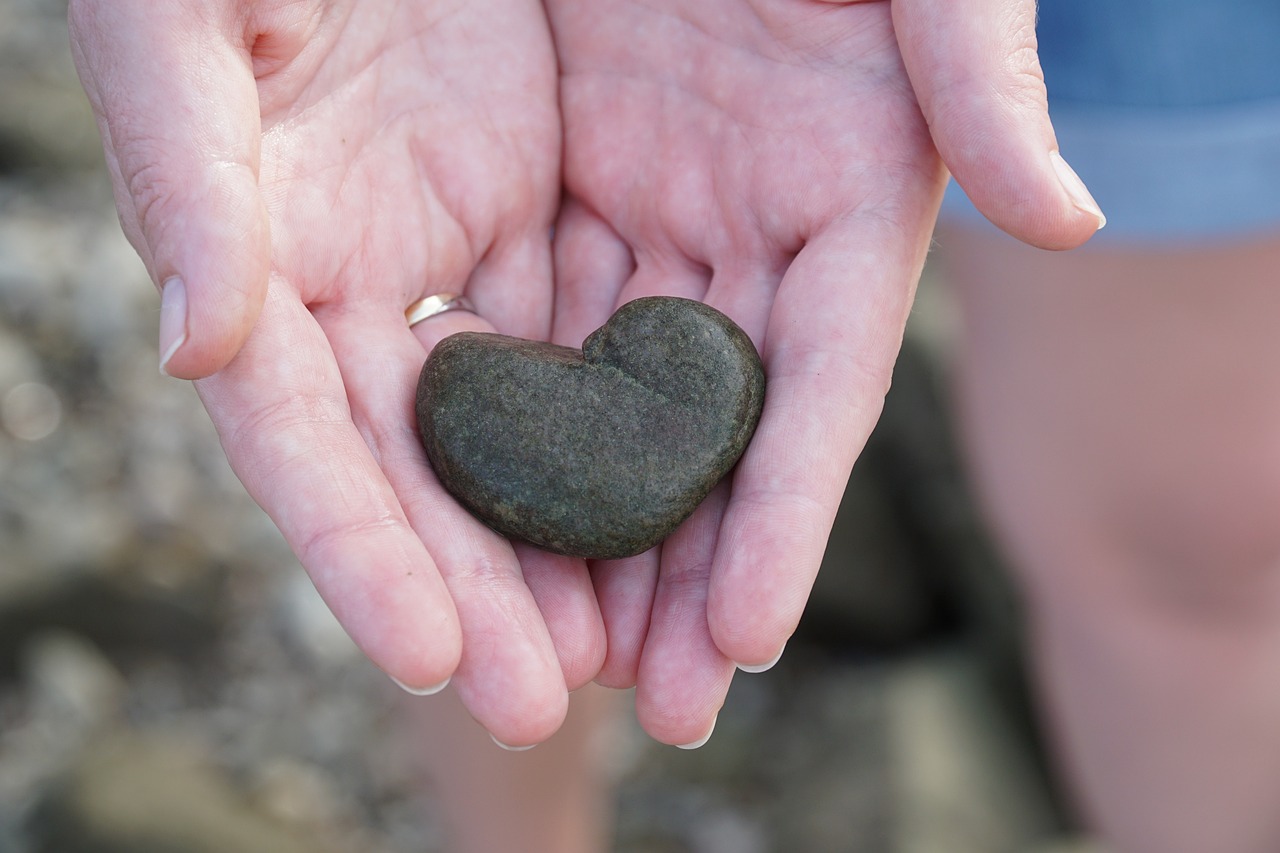
Runestones and Inscriptions
Runestones and inscriptions are like ancient time capsules, preserving the stories and beliefs of the Viking age for modern archaeologists to unravel. These carved stones serve as tangible records of historical events, personal anecdotes, and cultural expressions, providing valuable insights into the lives and mindset of the Vikings. Each runestone is a unique piece of art, bearing intricate carvings and cryptic messages that challenge us to decipher their meanings and unravel the mysteries of the past.
Through the study of runestones and inscriptions, researchers can piece together the puzzle of Viking history, connecting the dots between different regions, individuals, and significant events. These inscriptions often document achievements, memorialize the dead, or convey messages of power and authority. By analyzing the language, symbols, and imagery used on these stones, experts can trace the evolution of Viking society, beliefs, and interactions with neighboring cultures.
One fascinating aspect of runestones is their ability to transcend time and space, bridging the gap between the present and the distant past. These ancient artifacts stand as silent witnesses to a bygone era, where warriors, traders, and explorers roamed the lands in search of adventure and glory. The inscriptions on these stones speak volumes about the resilience, creativity, and spiritual beliefs of the Vikings, shedding light on their worldview and values.
Moreover, runestones offer a glimpse into the artistic skills and craftsmanship of the Viking people, showcasing their mastery of stone carving and storytelling. The intricate designs and intricate details found on these stones reflect a deep appreciation for aesthetics and symbolism, highlighting the importance of visual communication in Viking society. Each rune inscription is like a piece of poetry etched in stone, inviting us to decipher its hidden meanings and unravel the secrets of the past.
In conclusion, runestones and inscriptions play a crucial role in reshaping our understanding of Viking history, offering a window into the cultural, social, and religious aspects of this enigmatic civilization. By studying these ancient artifacts with care and attention to detail, archaeologists continue to unlock the mysteries of the Viking age, revealing a rich tapestry of stories, beliefs, and traditions that continue to captivate our imagination to this day.
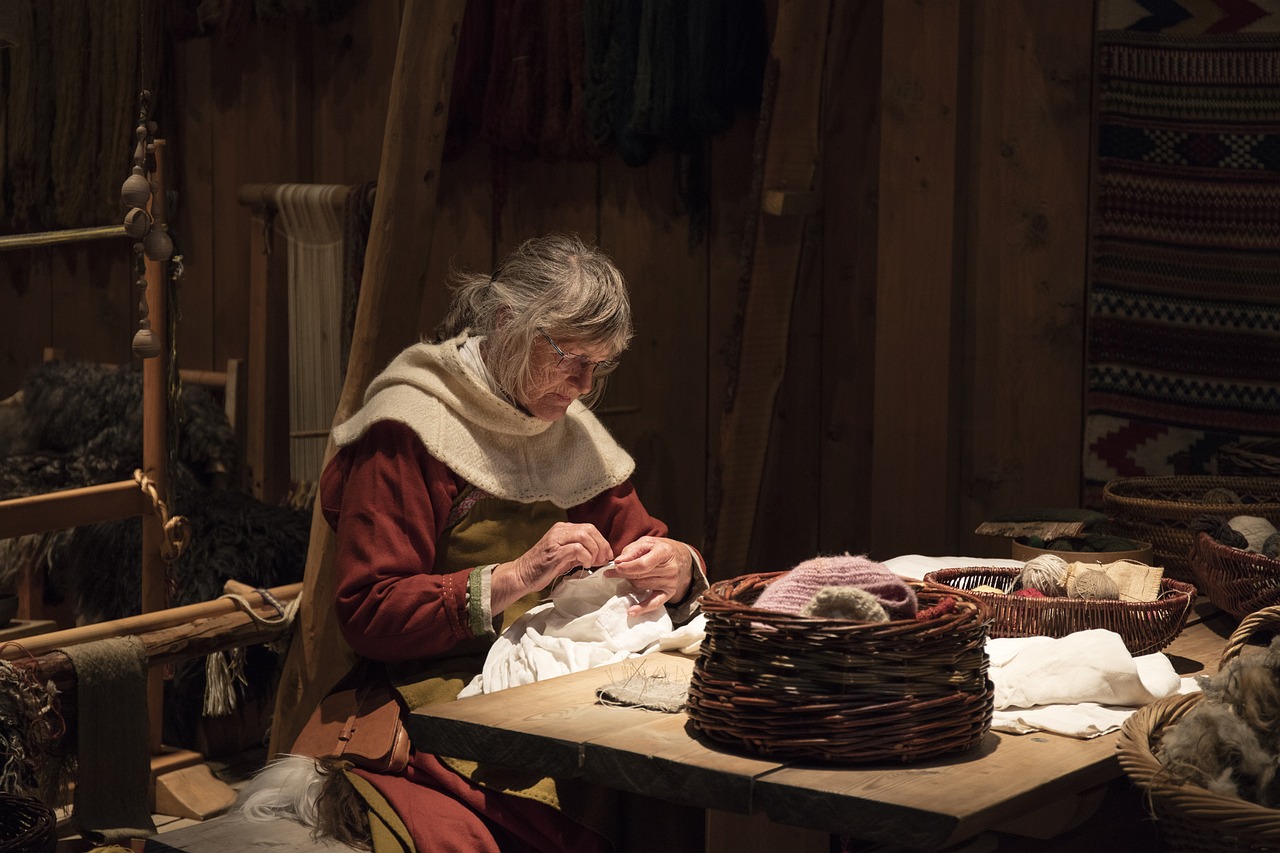
Gender Roles and Equality
In the realm of Viking society, the traditional image of fierce warriors is being reshaped as archaeologists uncover the significant roles played by Viking women. Contrary to popular belief, women in Viking culture were not merely confined to domestic duties but actively participated in governance, trade, and the transmission of knowledge. Recent excavations have revealed the presence of female warriors buried with weapons and armor, challenging the notion of a strictly patriarchal society. These findings suggest a more nuanced understanding of gender roles among the Vikings, where women enjoyed a level of autonomy and influence that defied conventional stereotypes.

Settlement Patterns and Urbanization
Settlement patterns and urbanization play a crucial role in understanding the societal structure and development of Viking communities. Through archaeological excavations and studies of ancient settlements, researchers have gained valuable insights into how Viking towns, villages, and trading centers were organized and evolved over time.
One key aspect of Viking urbanization is the strategic placement of settlements in relation to natural resources, trade routes, and defensive positions. The layout of these settlements often reflects a well-thought-out plan, with designated areas for residential, commercial, and religious purposes. This urban planning indicates a level of sophistication in Viking society that goes beyond the common perception of them as mere raiders and warriors.
Moreover, the discovery of specialized craft workshops, marketplaces, and communal gathering spaces within Viking settlements suggests a thriving economy and social infrastructure. The presence of skilled artisans, traders, and administrators points to a complex division of labor and a hierarchical organization within these urban centers.
Furthermore, the study of settlement patterns reveals the interconnectedness of Viking communities through trade networks and cultural exchanges. The presence of imported goods, foreign artifacts, and diverse architectural styles in these settlements indicates a high level of interaction with neighboring regions and distant lands.
Overall, the examination of settlement patterns and urbanization provides a nuanced understanding of Viking society as dynamic, adaptable, and culturally rich. By delving into the layout, organization, and functions of their settlements, archaeologists are reshaping our perception of the Vikings as a complex civilization with a sophisticated urban life that thrived beyond their seafaring exploits.
Frequently Asked Questions
- What are some recent archaeological discoveries changing our understanding of Viking history?
Recent archaeological findings have unearthed lost Viking settlements, providing valuable insights into their daily life, social structures, and interactions with other cultures. These discoveries challenge traditional narratives and offer a fresh perspective on Viking civilization.
- How did Vikings engage in trade and commerce?
Vikings were skilled merchants who established extensive trade networks and economic relationships across distant lands. Their role as global players in commerce is being increasingly recognized through archaeological evidence of trade routes and economic activities.
- What do we know about Viking maritime expeditions?
Through the study of advanced shipbuilding techniques and navigation skills, archaeologists have gained insights into the Vikings' maritime expeditions. These journeys enabled them to explore new territories, establish colonies, and expand their influence.
- How were gender roles perceived in Viking society?
Archaeological research is challenging stereotypes about Viking gender roles by highlighting the significant contributions of women in governance, trade, and knowledge transmission. This new perspective is reshaping our understanding of gender equality in Viking culture.
- What can runestones and inscriptions tell us about Viking history?
Deciphering the messages engraved on runestones and artifacts provides valuable historical insights into Viking events, personal stories, and cultural expressions. These inscriptions offer a window into the beliefs and experiences of the Viking people.







